Paintings by Japanese Artist Tomoko Kashiki.
Tomoko Kashiki is a Japanese artist who creates fragmented paintings, which show small, enclosed worlds full of intimacy, mysteries, and beauty. She was born in Kyoto in 1982 where she still lives and works. Her dreamy and delicate style is influenced by Heian Buddhist paintings and Bijinga pictures, a style derived from Tomoko Kashiki’s hometown, Kyoto.
Tomoko Kashiki uses sensitive textures and flowing lines that provide a lovely Asian painting style but with a unique touch. Her paintings consist of overlapping painted layers and many small details. In this way, she creates a completely own and unique scenery. Her artworks convey a vivid impression just like a dream.
The artist graduated with both an MFA and PHD in painting from the Kyoto City University of Arts Graduate School. Her paintings have been displayed in numerous international exhibitions such as the 7th Asia Pacific Triennale of Contemporary Art in 2012, the Yokohama Triennale in 2011, and the show “Bye Bye Kitty!!!” at Japan Society Gallery in New York City in 2011.
Below you can see a small selection of her creative paintings. Enjoy it!
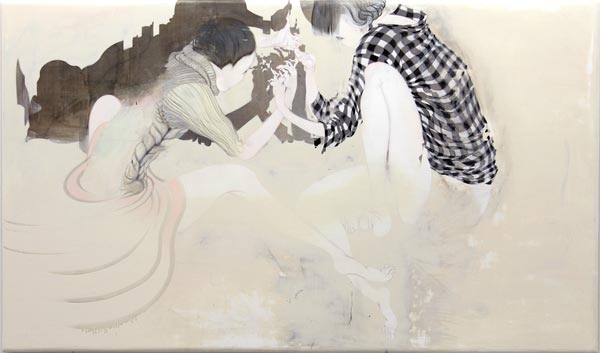
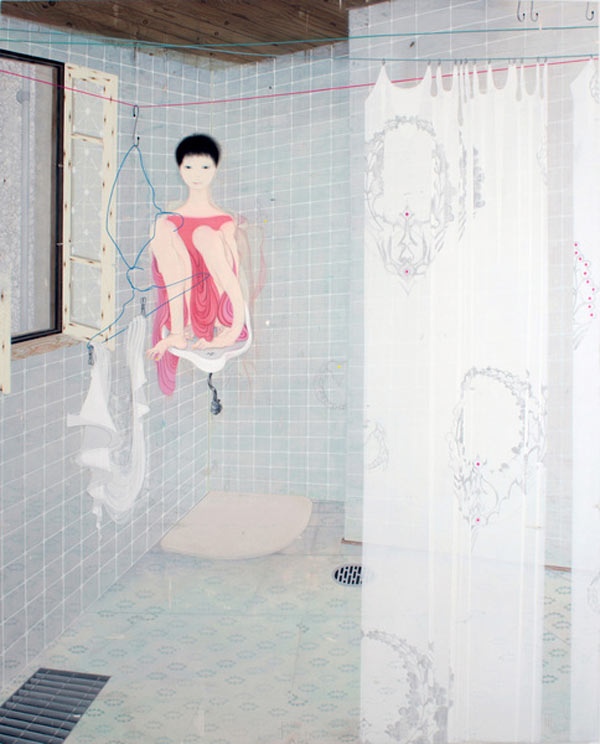
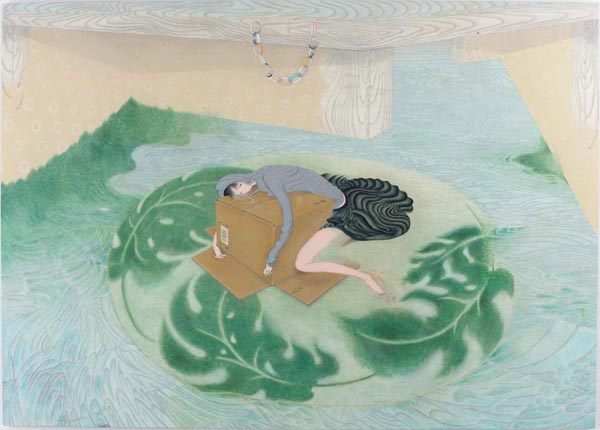
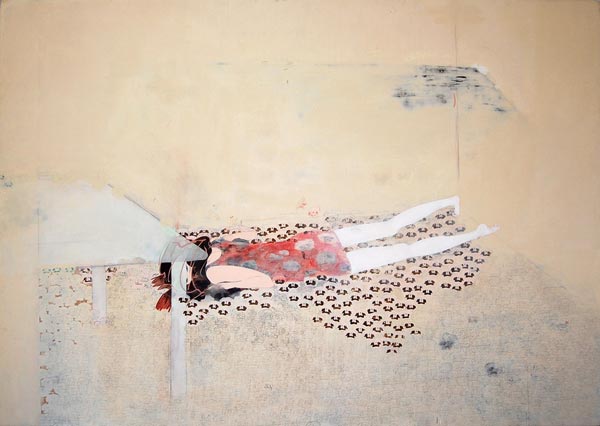
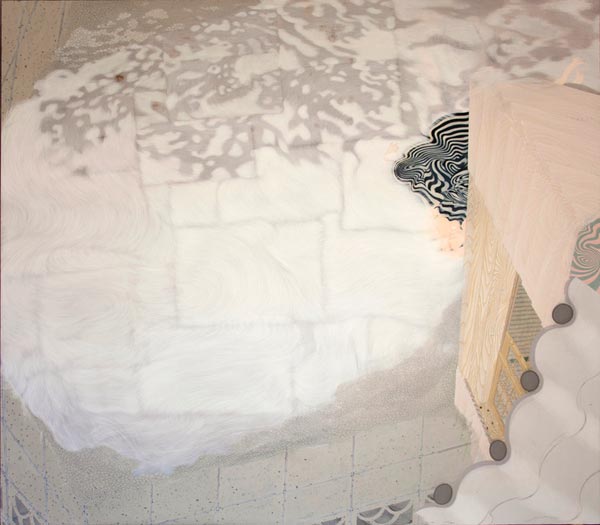


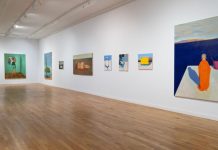

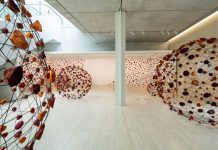
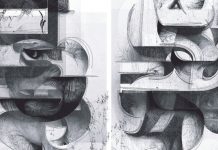
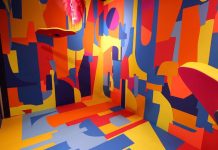









I’m not entirely sure how old this article is, but it might be a good idea to cite these paintings properly.
An example would be:
Tomoko Kashiki
White Carpet 2010
acrylic, paper, pastel, pencil, linen, wooden panel
180x205cm
The formatting of it would be a bit different, but at least have the proper title on there. =A=;; The title is often, more than not, apart of the work. Sometimes it is picked willy nilly, other times it is chosen with careful thought and attention. Since there is no way to read the artist’s mind, it would be respectful to assume that it was named as it was for a reason.
Otherwise, I did enjoy the read. 🙂 It was helpful in learning about the artist.